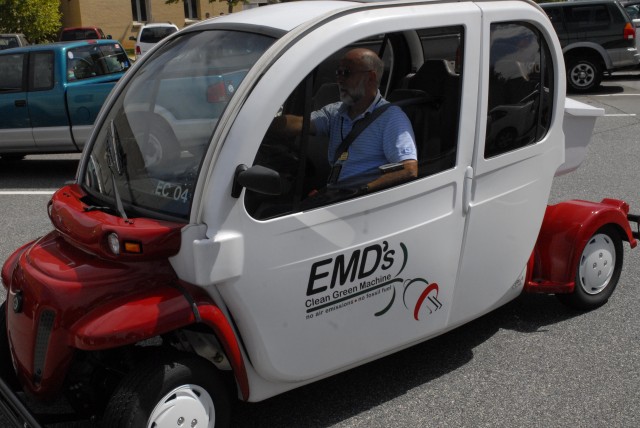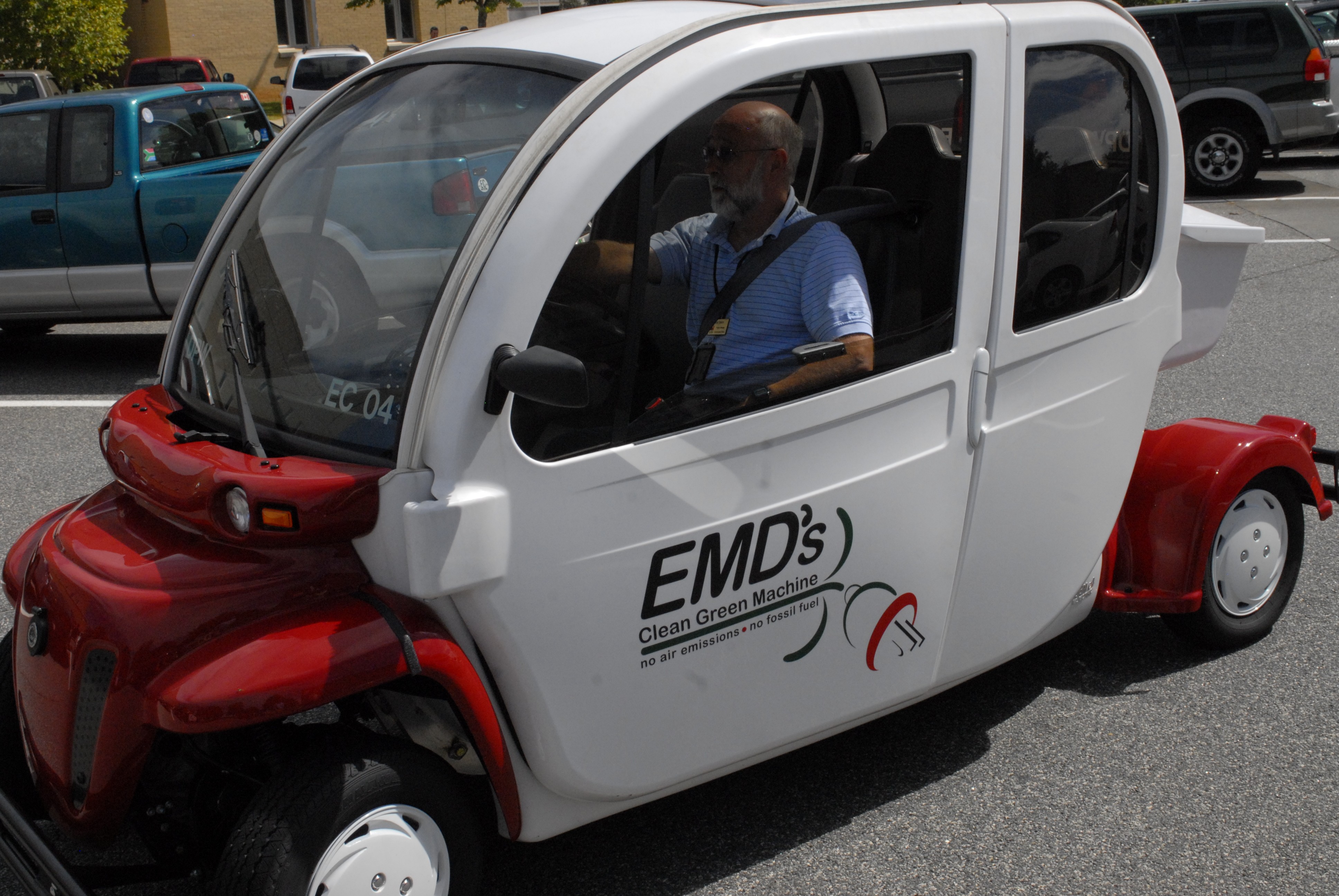FORT BENNING, GA - Fort Benning expects to receive 44 new electric cars under an Army leasing plan announced earlier this year, said Peter Lukken, the garrison sustainability planner.
The effort is tied to an environmental executive order requiring federal agencies to increase acquisitions of alternative fuel, hybrid and plug-in hybrid electric vehicles when commercially available.
"This shows the commitment by Fort Benning and the Army to energy reduction. We're doing our part to get us off dependence on foreign oil," Lukken said. "It's a strategic move as well as a sustainable move. We're trying to reduce all the emissions we can."
In January, the Army said it planned to lease 4,000 neighborhood electric vehicles, or NEVs, in a bid to replace gasoline-powered vehicles. The non-tactical electric vehicles will be used on installations for passenger transport, security patrol, and maintenance and delivery services.
The Army expected to lease nearly 800 NEVs this year and 1,600 each in 2010 and 2011, according to a story posted on army.mil in January. The lead-acid battery-powered cars could save up to $45 million and 11.5 million gallons of fuel over six years.
The environmental office at Fort Benning's Directorate of Public Works is getting maximum use out of half a dozen electric cars it purchased in the past two years, said Tom Tuten, the organization's program manager. They include a pair of two-seat utility trucks and a six-seat passenger vehicle. Two of the cars have logged more than 1,000 miles.
"We were looking at ways to reduce air pollution and energy use, and that's what got us looking at the electric cars in the first place," Tuten said. "It's a clean, green machine. No air emissions, no fossil fuels."
Global Electric Motorcars, a Chrysler subsidiary, manufactured the environmental office's six cars. Tuten said they're charged overnight for eight to 10 hours and last up to 40 miles.
"Their top speed is only 25 miles per hour," he said. "They are street legal, but you cannot take them on a street or highway that is higher than 35 miles per hour ... We use them for short hops. They can go anywhere around Main Post, so they work real well for us."
He said the environmental office spent between $11,000 and $16,000 per vehicle. Heaters, fans, bumpers, doors, dome lights and windshield wipers were among the accessories added after purchase.
Tony Westbrook, a pollution prevention planner for DPW's environmental management division, said the cars generated savings of about $335 per vehicle in fuel costs and 2,248 pounds total in carbon dioxide emissions.
"It's a good way to promote clean air and reduce pollution at the same time," he said.
Lukken said the 44 electric cars set to arrive here are "more versatile" and capable of traveling longer distances on a single charge. The Directorate of Logistics will handle distribution to units across post.


Social Sharing